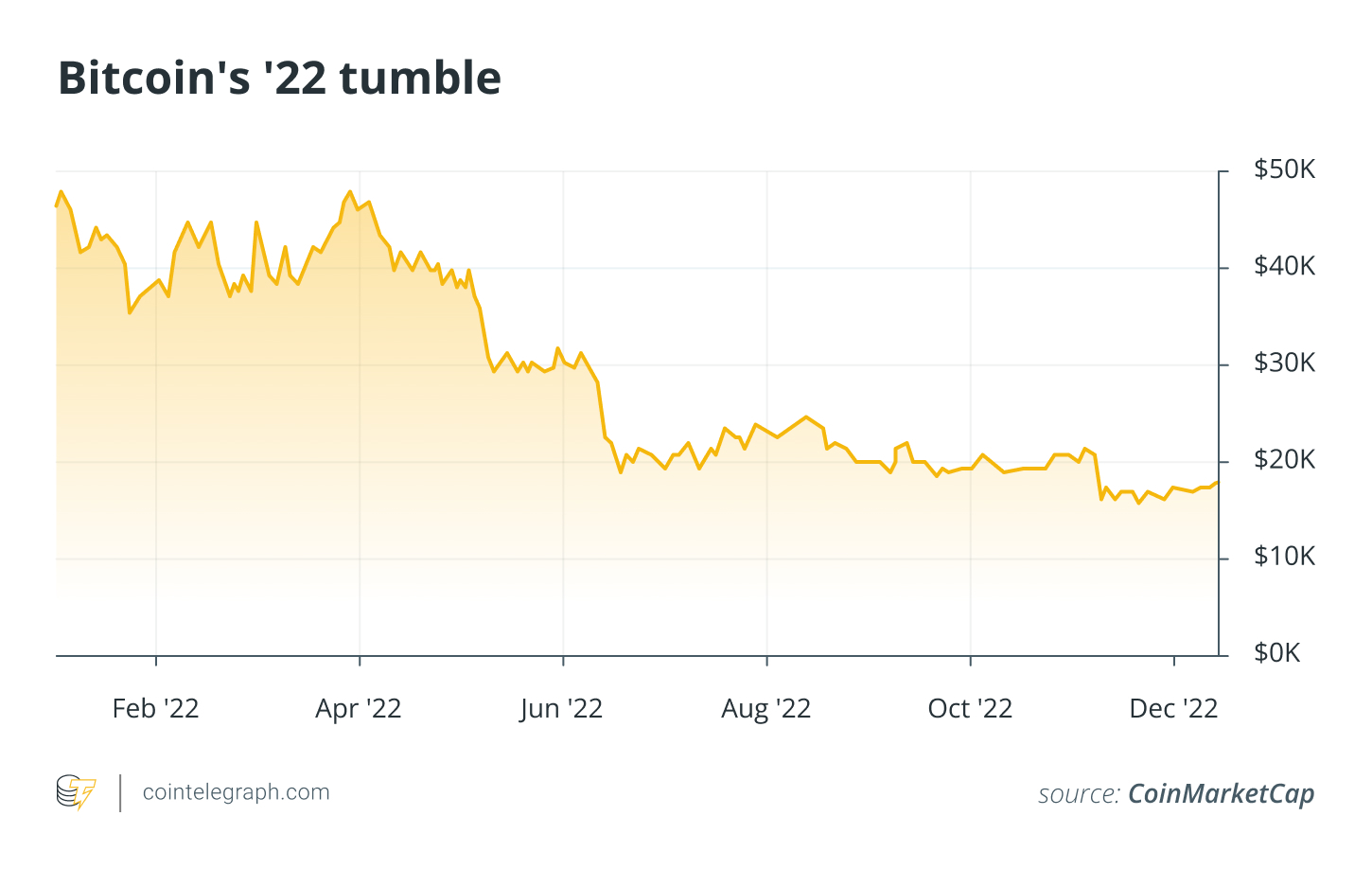Key takeaways:
-
Peace talks can shift Bitcoin’s price through energy costs, inflation and interest rates.
-
In 2022, Bitcoin fell sharply, then rallied 27% above pre-invasion levels within a month.
-
Spot Bitcoin ETFs now act as a direct channel for macro sentiment.
-
Three likely peace talk outcomes carry distinct risks and opportunities for BTC.
Fresh headlines suggest a possible turning point in the Ukraine war.
US President Donald Trump has floated the idea of a “land swap” between Ukraine and Russia, and a high-stakes summit with Russian President Vladimir Putin is set to take place in Alaska.
European leaders are scrambling to influence the talks, while markets weigh the chances of a breakthrough.
For Bitcoin (BTC), these developments are important. In 2025, its price is heavily driven by two forces: investment flows into spot Bitcoin exchange-traded funds (ETFs) and overall market mood — known in finance as risk sentiment. Peace talks can shake both at once.
In this article, we’ll look at how Bitcoin reacted when the war first began and explore three possible outcomes to peace talks: a solid ceasefire with a clear plan, a shaky deal where little changes and a breakdown that makes the situation worse.
BTC price: War in Ukraine
When Russia invaded Ukraine on Feb. 24, 2022, Bitcoin dropped fast (about 8% in hours), falling to roughly $34,300, its lowest in over a month. Stock markets were tumbling, too, and investors were rushing to sell anything considered risky.
Then, surprisingly, Bitcoin roared back. Just four days later, it had its biggest one-day jump in over a year, climbing 14.5%. By early March, it was trading 12% higher than before the invasion, and by late March, about 27% higher, near $47,000.
Part of the bounce came from traders closing out short bets and investors regaining confidence after the initial shock.
Another part came from people (especially in countries facing sanctions, currency controls or unstable banks) moving into stablecoins such as Tether’s USDt (USDT) and USDC (USDC). These dollar-pegged tokens briefly traded above $1, showing urgent demand. Some of that money then flowed into Bitcoin, adding more fuel to the rebound.
But why did this happen?
Why does Bitcoin react to war?
When Russian troops crossed into Ukraine on Feb. 24, 2022, Bitcoin didn’t suddenly become a “safe haven.” It behaved much like a tech stock, dropping fast, then bouncing even faster. Here’s why that sequence happened.

1. The invasion triggered a…
Click Here to Read the Full Original Article at Cointelegraph.com News…
